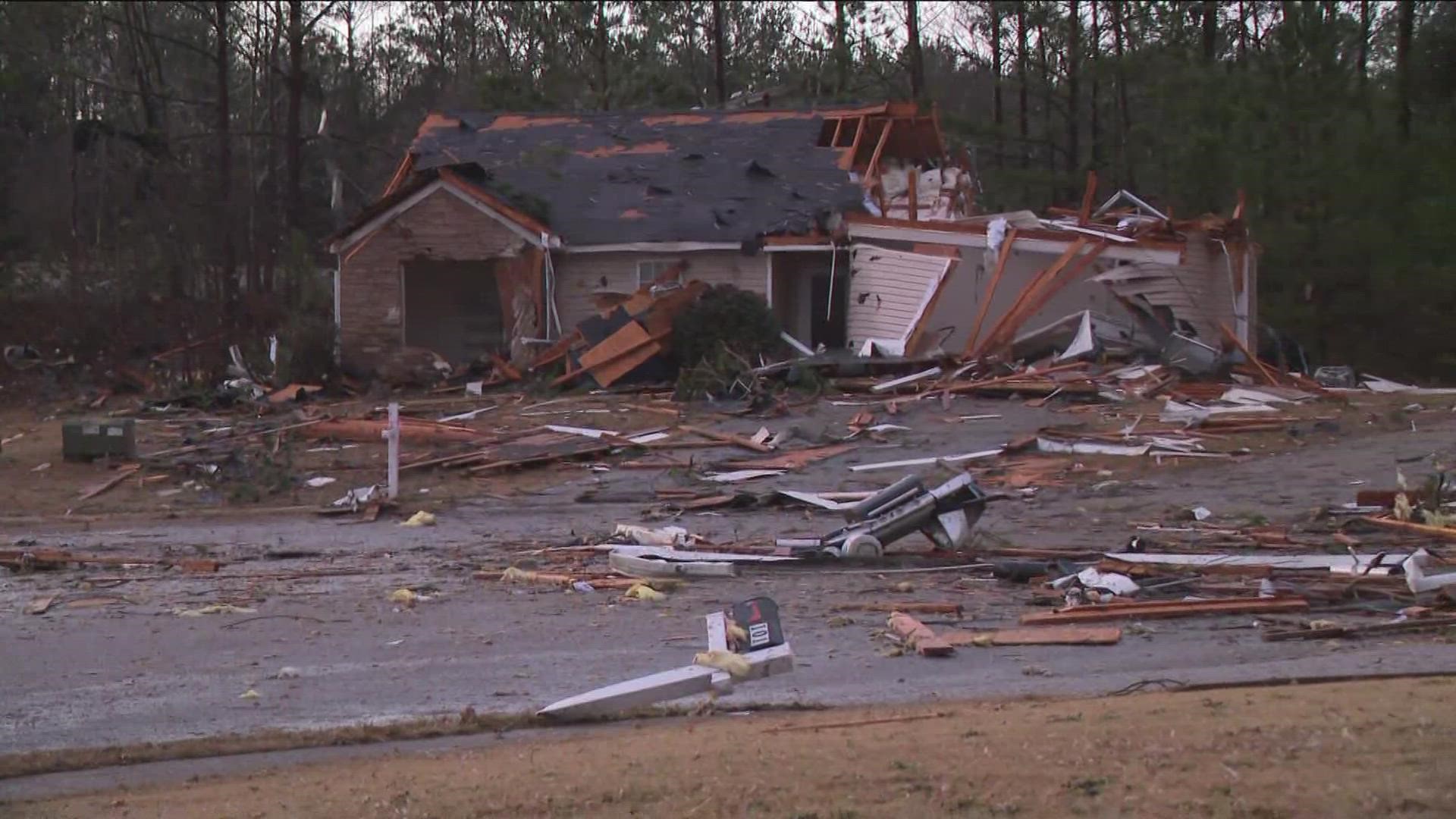Tornado Outbreak in Allegan

Tornado allegan – Allegan, Michigan, has experienced several tornado outbreaks throughout its history, with varying degrees of intensity and impact. These events have left a lasting mark on the community, prompting extensive research and analysis to better understand the factors that contribute to tornado formation in the area.
Tornado Frequency and Intensity
Statistical data reveals that Allegan County has experienced a relatively high frequency of tornadoes compared to other regions in Michigan. According to the National Weather Service, an average of 1-2 tornadoes occur in the county annually. These tornadoes have ranged in intensity from weak EF0 to strong EF3 on the Enhanced Fujita Scale, causing significant damage to property and infrastructure.
Geographical Factors, Tornado allegan
The geographical location of Allegan County plays a crucial role in its susceptibility to tornado formation. The county is situated in the Great Lakes region, which experiences frequent thunderstorms during the spring and summer months. These thunderstorms can produce strong updrafts and wind shear, creating favorable conditions for tornado development.
- Lake Michigan Influence: The proximity to Lake Michigan contributes to the formation of lake-effect thunderstorms, which are known to produce tornadoes. The warm, moist air from the lake rises and interacts with the cooler air over land, creating instability and favorable conditions for tornado formation.
- Terrain: The relatively flat terrain in Allegan County allows for uninterrupted airflow, facilitating the formation of rotating updrafts that can develop into tornadoes.
- Synoptic Patterns: Large-scale weather patterns, such as low-pressure systems and jet streams, can influence the frequency and intensity of tornadoes in Allegan. When these patterns align in a favorable way, they can enhance the conditions for tornado development.
Tornado Safety and Preparedness

In the face of a potential tornado, it is imperative to prioritize safety and preparedness. Understanding the appropriate actions to take before, during, and after a tornado can significantly increase your chances of staying safe.
Having a comprehensive emergency plan and evacuation route in place is crucial. Identify a safe room or shelter in your home, such as a basement or interior room without windows. Establish an evacuation route that leads to a designated meeting place outside your home in case you need to evacuate quickly.
Evacuation and Emergency Services
In the event of a tornado warning, evacuate immediately to your designated safe room or shelter. If you are unable to reach your home, seek shelter in a sturdy building or underground structure. Avoid windows, doors, and exterior walls.
Once the tornado has passed, assess the damage and report any injuries or hazards to local authorities. Emergency services will be deployed to assist with response and recovery efforts, including providing medical aid, clearing debris, and restoring essential services.
Tornado Damage and Recovery: Tornado Allegan

Tornadoes are a destructive force of nature that can cause widespread damage to property and infrastructure. In Allegan, tornadoes have been known to cause significant damage to homes, businesses, and public buildings. The following are some of the most common types of damage caused by tornadoes in Allegan:
- Structural damage: Tornadoes can cause severe structural damage to buildings, including collapsed roofs, walls, and foundations.
- Property damage: Tornadoes can also cause significant damage to personal property, including vehicles, furniture, and appliances.
- Infrastructure damage: Tornadoes can damage or destroy infrastructure, such as power lines, roads, and bridges.
In the aftermath of a tornado, it is important to seek assistance from local authorities and emergency response teams. There are also a number of resources available to individuals and communities affected by tornadoes. These resources include:
- Federal Emergency Management Agency (FEMA): FEMA provides financial assistance and other resources to individuals and communities affected by disasters, including tornadoes.
- American Red Cross: The American Red Cross provides shelter, food, and other assistance to individuals and families affected by disasters.
- Local government agencies: Local government agencies can provide assistance with debris removal, housing, and other needs.
Rebuilding and recovering after a tornado can be a long and difficult process. However, there are a number of steps that individuals and communities can take to help make the process easier. These steps include:
- Contacting your insurance company: It is important to contact your insurance company as soon as possible after a tornado to file a claim.
- Documenting your losses: Take pictures and videos of the damage to your property and keep a record of all expenses related to the tornado.
- Working with contractors: If you need to hire contractors to repair or rebuild your property, be sure to get multiple bids and check references.
- Seeking support: There are a number of resources available to help individuals and communities recover from tornadoes, including counseling, financial assistance, and housing assistance.